01 Aug
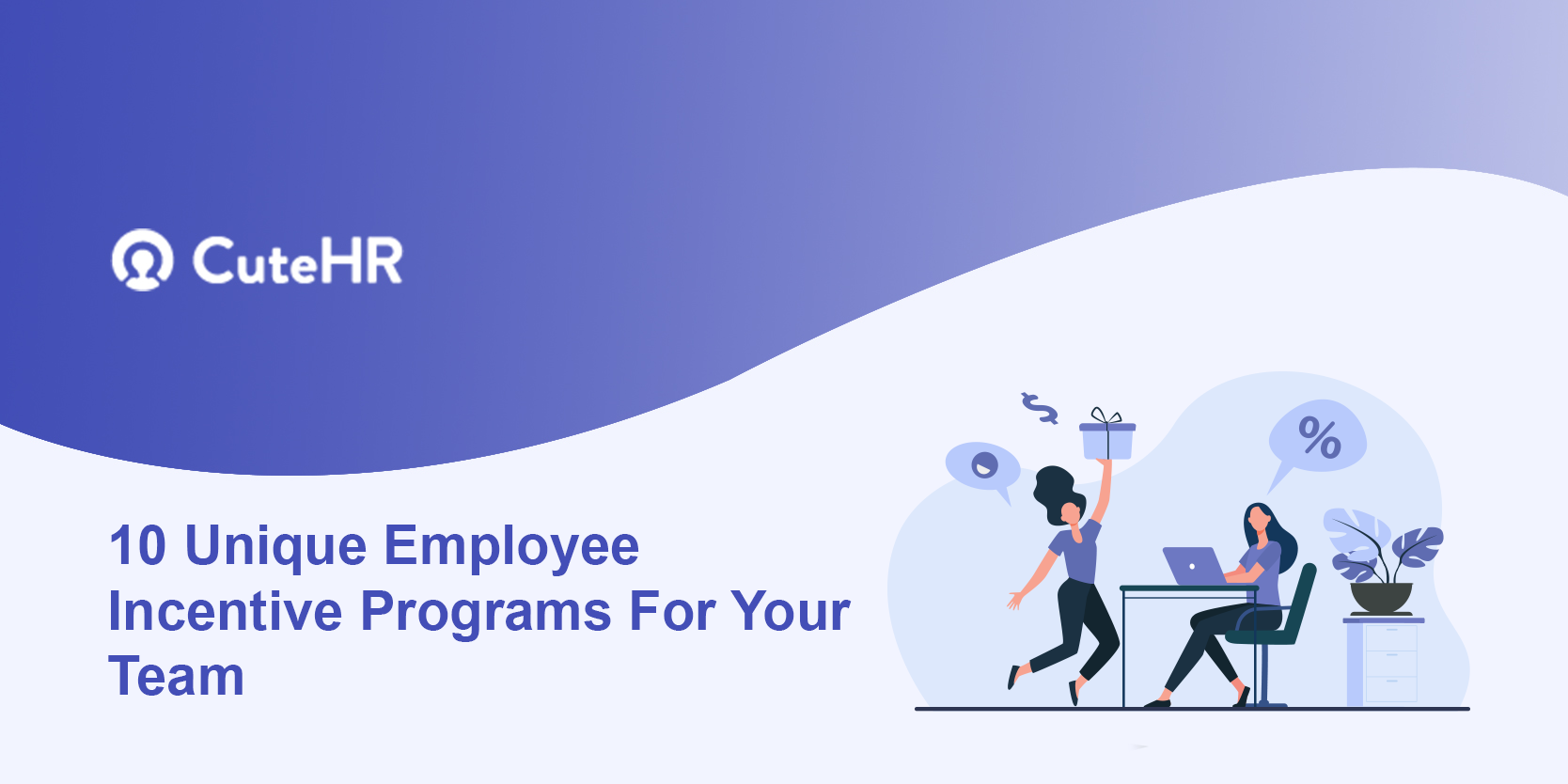
Did you feel a lack of engagement from the employees’ side? Or do they seem less motivated and less focused on their work? Usually, these issues are very much evident in the form of increased turnovers, especially from the top-performing employees.
The problem of disengagement and increasing turnover rates are faced by many companies today resulting in unproductiveness due to ineffective management, over-exhaustion, and misalignment throughout the organization. Therefore, employee engagement is a huge concern.
FUN FACT: According to the Gallup research and polling company survey, the cost of Unhappy workers in the U.S costs around $450-$550 billion dollars each year.
The “Quality of senior leadership” is one important factor that determines employee satisfaction. Here the HR and the other leaders play a critical role to provide all the employees with the necessary resources to stay motivated. One of the most accomplishable ways to achieve employee engagement and retain them is by incentivizing them.
Incentives give employees something to aim for and motivation to work much harder without actually telling them to work hard. According to a study by Genesis Associates, 85% of the employees feel motivated to work their best when an incentive is offered. Since now you know how important incentives are, let’s jump to the definition of employee incentive programs.
Table of Contents
What Is An Employee Incentive Program?
Intensive itself means benefits and rewards that are used to encourage positive conduct of the employee. The program that engages, attracts and retains the productivity of employees is known as an employee incentive program. Employee incentive programs can be conducted in many forms like extra time off, tuition reimbursement and ease in work arrangement. You should choose the employee incentive program that matches your company’s values and requirements of the employees.
What Is The Need Of An Employee Incentive Program?
Employee Incentive Programs are very essential for boosting employee morale. Incentives have become very popular worldwide and intensive industry is now valued at over $100 billion out of which $46 billion is attributable to non-cash intensives.
The reason for such a high rate of incentive program’s effectiveness lies in human psychology. Research conducted by Cornell University showed that immediate rewards improve intrinsic motivation by integrating an activity with its goal, hence frequent rewards tend to increase employee motivation to complete the tasks. A staggering success rate of 79% was seen by the organisations that introduced employee incentive programs to achieve their targets. These rates can be achieved by embedding employee incentive programs in everyday culture.
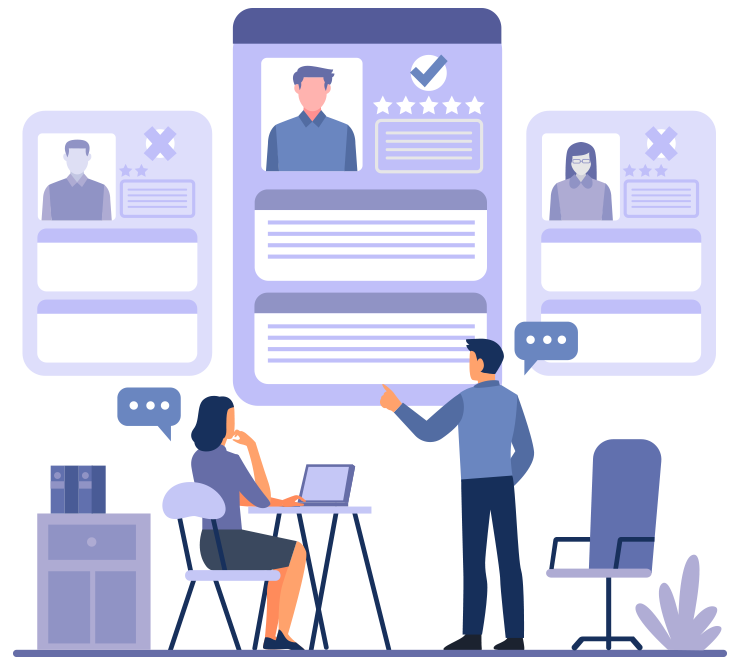
Incentive programs boost employee performance by 44% and motivate up to 66% of the company’s total employees. The employees feel more pleased with the rewards and benefits and are twice as likely to be satisfied with their work. Companies that provide intensives based on their sales also notice an increase in the original annual revenue by three times than those that don’t provide incentives.
What is an example of an incentive program?
Bonuses And Raises is an example of an employee incentive program. This incentive program a clear benchmark and list of objectives must be placed in front of the employees so that they have an idea of what exactly they can achieve the bonus. However, the difficulty level must be the same for all the employees. The motive of this employee incentive program is to motivate employees to give their best and not to make them hostile against each other. Or else, this may backfire and turn out to be a negative for the company.
Let us check out 10 best employee incentive programs.
Top 10 Best Employee Incentive Programs That You Must Know
Employee incentive programs have several benefits, but don’t know how to start? Do not worry! Here is a list of authentic incentive examples that will truly engage and motivate employees for a longer stretch of time.
1. Rewards And Recognitions
According to the latest report by Achievers Workforce Institute, 35% of the employees said that they want more recognition. Another report found that more than 69% of the workers admit recognition and reward programs help to motivate them to stay at their present jobs. Companies that are frequent with recognition and reward programs are expected to see the rate of employee retention increased by three times and over twice increment in employee engagement.
Apart from the above data, employee recognitions are also a great tool to incentivize the employees. These programs are the groundlaying requirement of an employee’s incentive experience. Companies that provide frequent and real-time recognition are 4% more likely to see employee retention and 34% more likely to increase employee engagement.
For the effective execution of an employee incentive program, both social recognition and the latter on a point-based reward system must be conducted.
Social Recognition
Amy Whillans, a researcher at Harvard Business School correctly noted “Cash matters in people’s lives, but it’s not all that matters.” Employees consider social recognitions more relevant and purposeful than other kinds of cash rewards. Social recognitions allow everyone at the company to express their gratitude towards other members by doing anything, even a simple thank you can be heart warming for someone. Another study by Harvard Business School found that employees when recognized for their work results in a 14% to 29% increase in profit. Also, a survey conducted by McKinsey showed that companies can achieve 55% of improvement in employee engagement by offering recognitions.
Points-Based Recognitions
In this recognition system, employees can redeem points for rewards of their choice from various items like gift cards, merchandise, give back, concierge and other things that the company has to offer. A company must make sure that the offerings are justifiable to every employee. One best option is to offer recharge prepaid cards to have control over what they spend their points and personalise their reward experience.
Points can be confined to specific recognitions as well. This makes it simpler for all team members to frequently reward and recognise each other.
The greatest advantage of rewarding and recognizing employees is that whenever an employee sees their reward, they’ll think about their hard work and dedication that got them the reward. In fact, 92% of the employees accept that they are likely to repeat their actions when they are recognized for it.
Efficiently rewarding employees for their work can lead the company to great success.
2. Referral Programs
Candidate referral benefits are offered for a good reason. 82% of the Employers rated employee referrals highest in terms of ROI (Return on Investment). Reminding the workforce about these benefits regularly can establish a stream of candidates in the company’s queue. Even the employees appreciate these benefits as they receive monetary incentive for providing a well-qualified candidate to the company.
A tiered up system can also be established so that the candidate gets more rewards based on the referral candidate’s interview process. Perhaps, this can also save extreme time needed to create a separate referral program by consolidating it in recognition and reward programs.
3. Professional Development Opportunities
Investing in employees’ careers shows a sense of responsibility towards the employees and they prefer staying in the company for a longer haul. According to a recent survey, 40% of the employees who receive poor job training and professional development opportunities are likely to leave the company after 5 years. The new experience and knowledge that come with professional development programs will ultimately benefit the company allowing for more in-house promotions.
There are many different ways to involve employees in professional development. A Learning and Development (L&D) program or a third-party learning management system can greatly assist you in making your employee development programs more engaging.
4. Profit Sharing
Profit-sharing plans are similar to the 401k plan where employees receive contributions to their retirement accounts in cash, payouts or stocks. Employers can reduce this amount anytime to stop expenses for a year or two when required.
Profit-sharing not only helps in employee intensive programs but also authorises them as an owner rather than just staff. This promotes support, faith and incentivizes employees to stay with the company for a longer duration of time. An alternative to profit-sharing is to use the traditional (401k contributions) retirement benefits for employee incentive programs.
5. Health and Well-being
An unhealthy employee cannot work with their full productivity levels. Therefore, wellness incentives are extremely important for companies to increase employee engagement, prevent burnouts and also stable physical as well as mental health. A report by CNBC states that more than 42% of the remote do not take any short break during their work time. Some examples of this employee incentive program that you can apply to your company are an annual wellness fair, free healthy lunch, on-site health screening, standing desks and bike to work reimbursements.
The best technique to fortify employee wellness is by using a marketplace that encourages quitting bad habits and adaptation of healthy habits both at home and work. For instance, you can reward your employees who hit any wellness milestones like quitting smoking or completing a step challenge.
6. Tuition Assistance
Today, employees consider ongoing education as their priority. A report by EdAssist states that more than 79% of the employees consider tuition reimbursement as a ‘very important’ factor while joining a company. Employees that participate in Cigna’s tuition assistance program are 10% more likely to be promoted and 8% more likely to stay in the same company.
Offering employees with tuition reimbursement can strengthen this best practice. And also, encouraging ongoing education is a great way to create an employee incentive program. This can be done by congratulating employees on completing an educational milestone with public recognition of their achievement.
7. Bonuses And Raises
Bonuses and raises can be a very powerful way to boost employees’ efforts towards their work. A survey conducted by Payscale found that more than 65% of the employees are pleased to receive bonuses based on personal performance. A clear benchmark and list of objectives must be placed in front of the employees so that they have an idea of how exactly they can achieve the bonus. However, the difficulty level must be the same for all the employees. The motive of this employee incentive program is to motivate employees to give their best and not to make them hostile against each other. Or else, this may backfire and turn out to be a negative for the company.
8. Exciting Gifts
Giving gifts are great incentives for celebrating special days of the company like customer service week, global wellness day, work anniversaries or boss’s day. The celebration of these days must be followed by a light work atmosphere and include fun games and quizzes and recognising employees who win/participate in the games.
Gifts that most employees like to receive are some good snacks, tech gadgets, gift cards or clothing. Giving gift cards is the best option if your company consists of people belonging to different age groups and backgrounds.
9. Additional Time Off
Time off is very essential for an employee as it gives them the time to maintain their work-life balance and work more efficiently after the break. According to a study, 58% of the employees would agree to a salary reduction in exchange for extra vacation time. Offering extra time off to employees that meet certain goals and encouraging them to take PTO (paid time off) if they have any can increase employee loyalty and trust for the company. Moreover, additional time offs can also help with burnouts, work fatigues and detachment from work.
10. Allowance To Choose Projects
Allowing hardworking and high-achieving employees to choose the project of their own choice is a great way to empower them and introduce a new employee incentive program. Building trust is one of the toughest things to achieve and permitting employees to choose their project can help in the process. Harvard Business Review meta-analysis claimed that managers who empower their employees are more likely to build trust by their subordinates compared to leaders that don’t. Prioritizing this employee incentive program can foster an environment of trust and support in the company.
Organisational support to the employees will provide greater support from the employee’s end by exceeding their limits and delivering quality results. Make sure that the project options you offer are customized and interesting for every employee. The same project for all the employees won’t benefit much therefore, individualisation is a must. Perhaps, for this, employees and other staff should communicate their short and long term goals, career interests and problems (if any) to their manager or team leader on a regular basis to receive the projects that suit them the best.
Personalizing The Employee Incentives
Employees’ incentives must be personalised frequently until the right one is found. The employees won’t appreciate it if they are not given any worthwhile compensation for their hard work. In fact, they may show sluggishness towards their work. Employees expect their employers and leaders to understand them and fulfil their expectations.
Advanced analytics, Artificial intelligence and statistical data are some most powerful tools to understand each individual employee’s experience and motive. Furthermore, some HR leaders use technologies like employee-journey mapping, design thinking and HR hackathons to uncover their employees’ needs and expectations. And of course, traditional methods like personal feedback of the employees is the best way to personalize their incentives.
Wrapping It Up
Recognitions and rewards are the best way to create and manage efficient employee incentive programs by integrating everything in a centralised network. Customizing your employee incentive programs based on employee feedback will show concernment and that your company cares about the employees. Along with that, employee engagement surveys can be checked frequently to make sure that your decisions are matching the employees’ needs.
We hope that this article helped you in understanding the term ‘‘employee incentive programs” and how you can create an efficient incentive program for your company. The ultimate goal of all incentive programs is to increase employee engagement and productivity levels which can be achieved by precisely implementing any of the above practices.
Frequently Asked Questions (FAQs)
Do employee incentive programs work?
The reason for such a high rate of incentive program’s effectiveness lies in human psychology. Research conducted by Cornell University showed that immediate rewards improve intrinsic motivation by integrating an activity with its goal, hence frequent rewards tend to increase employee motivation to complete the tasks. A staggering success rate of 79% was seen by the organizations that introduced employee incentive programs to achieve their targets. These rates can be achieved by embedding employee-intensive programs in everyday culture.
How do incentive programs work?
Intensive programs boost employee performance by 44% and motivate up to 66% of the company’s total employees. The employees feel more pleased with the rewards and benefits and are twice as likely to be satisfied with their work. Companies that provide intensive services based on their sales also notice an increase in the original annual revenue by three times than those that don’t provide incentives.
How do I create an employee incentive program?
Here is a list of authentic incentive examples that will truly engage and motivate employees for a longer stretch of time.
Rewards and recognitions
Referral Programs
Professional development
Profit-sharing
Health and well-being
Tuition assistance
Bonuses and raises
Exciting gifts
Additional time off
Allowance to choose the project

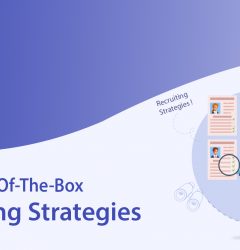
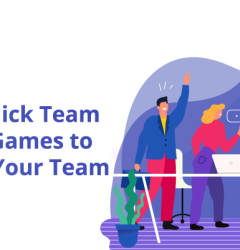
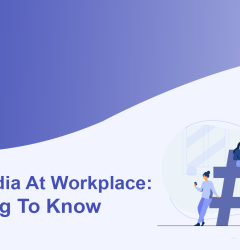









Himani